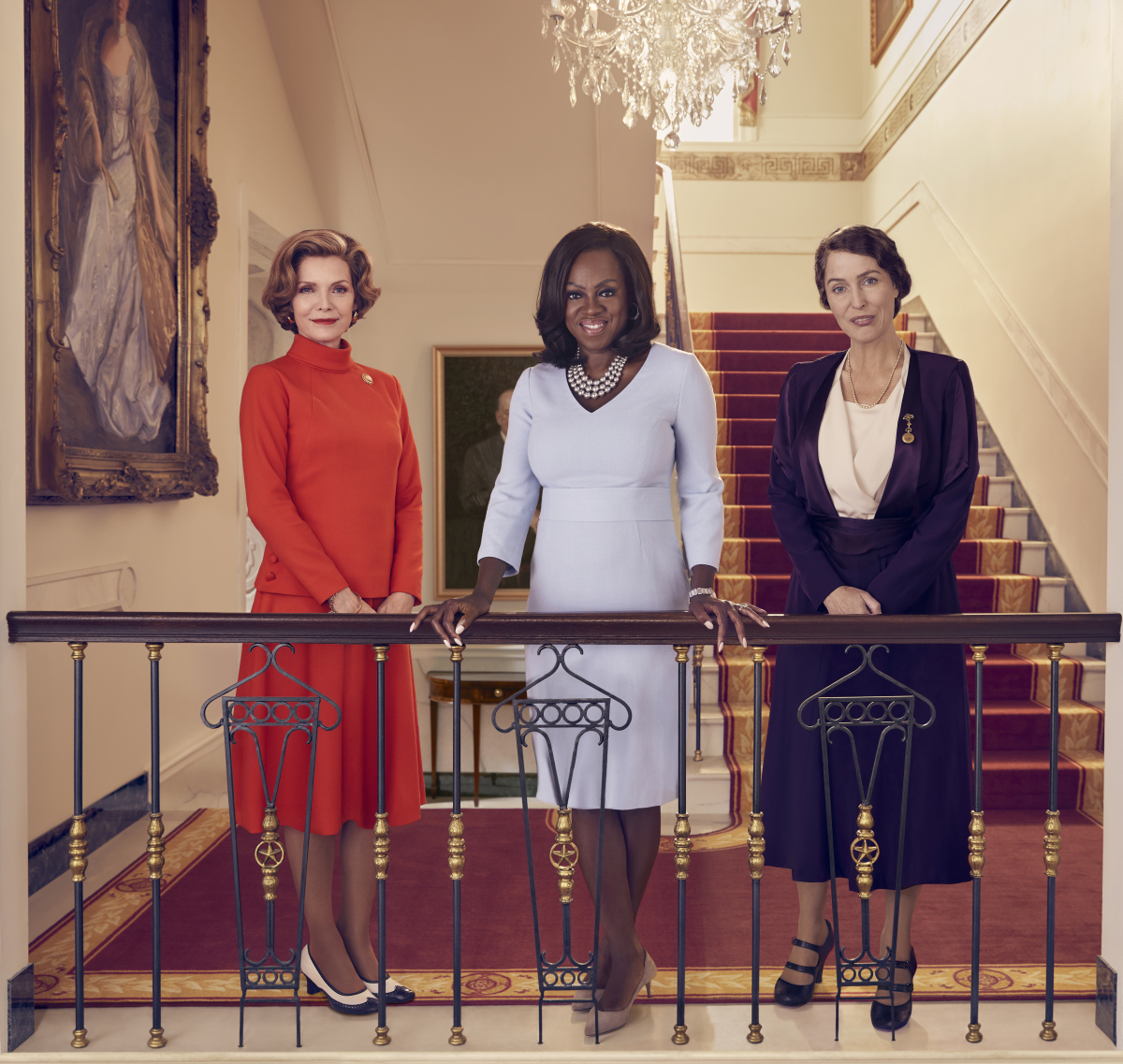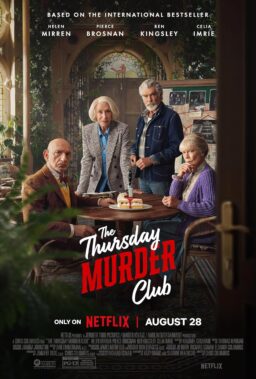Showtime’s “The First Lady” is an ambitious anthology about three of the most famous women in American history, but falters due to a lack of ambition and a bafflingly frustrating structure. Clearly hoping to be seen as an American version of the Netflix smash “The Crown”—this too is about the personal lives of public, political female figures, just on the other side of the pond—“The First Lady” has undeniable talent in every frame, including some of the best living actresses. But the show is structured as if someone took a history book, cut out all the chapters, and then replaced them randomly back into it. At times, the writers try to draw connections between these events in these three very public lives, but they too often fail in that regard, leading to a show that never builds momentum.
Any single one of these stories, with the same cast, could have made for an interesting mini-series, but the choice to jumble them up into a drama that jumps around chronologically more than “Tenet” is baffling. The result is a show that feels too consistently shallow, hitting highlights from the lives of its subjects instead of revealing how one incident impacted another or how these people grew or changed once they were in the public eye. It’s too content to tell us mostly what we already know about three of the most well-known first ladies in history—a better version would have tried to bring some less-recounted stories to life—even if the consistently strong performances keep it watchable.
Aaron Cooley created “The First Lady,” which jumbles together the lives of Eleanor Roosevelt (Gillian Anderson), Betty Ford (series MVP Michelle Pfeiffer), and Michelle Obama (Viola Davis). The series opens with a photographer with her lens on Obama, saying “I don’t want to just paint the official—I am interested in the real,” making the purpose of the series evident. This will be the “real” story of these famous figures, but the dialogue betrays this from the very beginning. Shallow writing has Michelle saying things like “I don’t think all women can adjust to this type of life” right from the beginning. “The First Lady” is constantly doing that—underlining the difficulties faced by its trio of power players instead of allowing them to play out. It’s a show wherein people are far too often expressing exactly what they’re thinking and feeling in a way to make sure all viewers repeatedly get the point, especially Emmy voters.

The writing often tries to link incidents in the lives of the three women, but then gets pulled away from that by a more noble attempt to let them be their own people. For example, the second episode details how Roosevelt was frustrated by not being given an actual Cabinet position and Obama faced similar drama when she was pushed off on a garden project instead of something that matched her intelligence. Anyone with a cursory knowledge of history knows that first ladies have often been pushed aside, even ones as brilliant as Roosevelt and Obama, and so it seems like a shallow connection. Similarly, the third episode takes place entirely in flashback and tells of the courtships that led them to the marriages that would partially define them, but it’s too self-defeating to again tie these ladies into how they met their husbands.
“The First Lady” is much better appreciated scene by scene because of the power of its cast. Pfeiffer truly excels at making Betty Ford more three-dimensional than ever, deftly playing her uncertainty over how her husband was thrust into the White House in the first place. Davis is one of our best living actresses who finds the most natural moments for Obama in scenes with her mother, played by the wonderful Regina Taylor. She also has believable chemistry with O.T. Fagbenle as Barack. The cast is filled with familiar faces including Aaron Eckhart as Gerald Ford, Dakota Fanning as Susan Ford, Eliza Scanlen as a young Eleanor, Kiefer Sutherland as FDR, Judy Greer as Nancy Howe, Rhys Wakefield as Dick Cheney, Jackie Earle Haley as Louis McHenry Howe, and Lily Rabe as Lorena Hickock. Some do a better job of overcoming the shallow dialogue (Fagbenle, Haley, in particular) than others.
Ultimately, “The First Lady” is an exercise not in history or even character-driven drama but “Prestige TV.” Everyone knows the phrase “Oscar Bait”—this is “Emmy Bait,” the kind of writing that relies more on impersonation and makeup than depth of character. Not only did this A-list cast deserve something richer to sink its teeth into but so did the legacies of Eleanor Roosevelt, Betty Ford, and Michelle Obama.
Five episodes screened for review.












